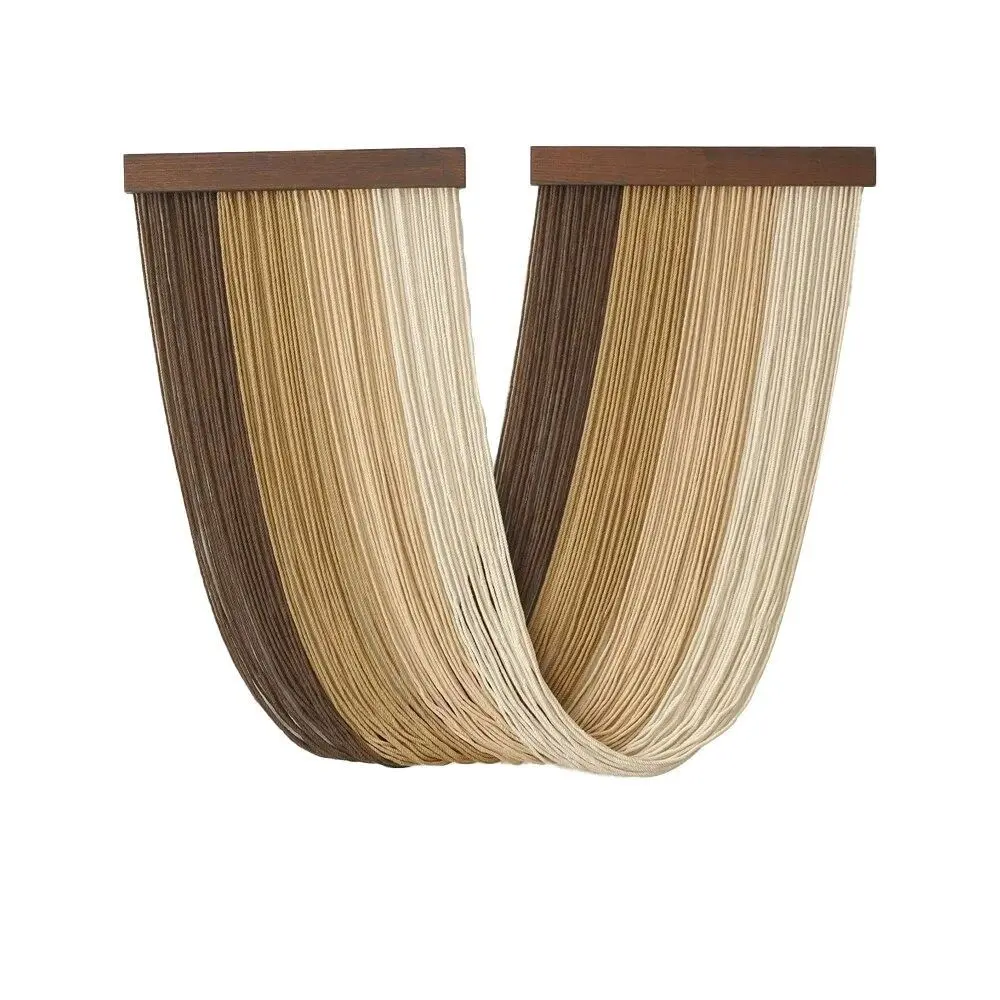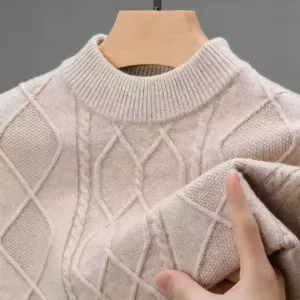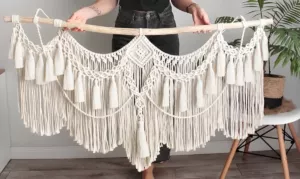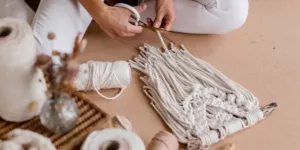“From Traditional Knots to Modern Wave Patterns“
The Evolution of Macrame – Macrame, the intricate art of knotting, has a rich history that spans centuries and continents. Initially cherished for its practical and ornamental uses, macrame has evolved over time to embrace contemporary aesthetics and modern design trends. This blog post delves into the fascinating journey of macrame, tracing its evolution from ancient knots to the modern wave patterns that captivate today’s art and interior design enthusiasts.
Ancient Origins: The Birth of Macrame
The word “macrame” is derived from the Arabic word “miqramah,” which means “fringe.” This art form is believed to have originated with 13th-century Arab weavers who used decorative knots to finish the edges of hand-loomed fabrics. Macrame made its way to Europe via cultural exchanges during the Crusades, where it gained popularity, especially in Spain and Italy.
Key Elements:
- Functional Beginnings: Macrame started as a practical craft, used to create fringe, edges, and decoration on textiles.
- Arab Influence: The intricate knotting techniques were developed in the Arab world and later spread to other regions.
- Medieval Expansion: By the Middle Ages, macrame was well established in Europe, particularly among sailors who used the knots to create items like hammocks, belts, and nets.
Renaissance and Victorian Eras: A Decorative Revival
During the Renaissance, macrame saw a revival as a decorative art form. It became highly popular in Victorian England, where macrame lace and fringe were used extensively in home decor and fashion.
Key Elements:
- Ornamental Uses: The Victorians used macrame to adorn curtains, tablecloths, and clothing, embellishing their homes with intricate knot designs.
- Pattern Books: The creation of pattern books in the 19th century made it easier to learn and reproduce complex macrame designs.
- Social Pastime: Macrame became a popular activity among women, who gathered to create decorative items and share knotting techniques.
The 20th Century: A Bohemian Renaissance
The arts and crafts movement of the early 20th century rekindled interest in handmade arts, including macrame. However, it was the counter-culture movements of the 1960s and 1970s that truly brought macrame back into vogue.
Key Elements:
- Bohemian Aesthetics: Macrame’s bohemian charm matched the free-spirited ethos of the 1960s and 70s, leading to its widespread popularity.
- Home Decor: Plant hangers, wall hangings, and fashion accessories like belts and bags became iconic macrame items during this period.
- DIY Culture: The culture of do-it-yourself projects and communal living encouraged the spread of macrame as a craft that anyone could learn and enjoy.
Contemporary Revival: Modern Wave Patterns
In recent years, macrame has experienced a contemporary revival, with artists and designers pushing the boundaries of traditional knotting techniques to create innovative patterns and designs. One of the standout modern variations is the macrame wave pattern, characterized by its fluid, undulating lines that mimic the movement of water.
Key Elements:
- Innovative Designs: Modern macrame artists experiment with new knots and techniques, leading to sophisticated and intricate patterns like the wave design.
- Minimalist Aesthetics: Today’s macrame often incorporates minimalist and Scandinavian design principles, focusing on simplicity, clean lines, and natural materials.
- Versatile Applications: The wave pattern can be adapted for various uses, from wall hangings and room dividers to jewelry and fashion accessories.
- Blending Old and New: Contemporary macrame artists honor traditional techniques while infusing modern elements, creating pieces that resonate with today’s aesthetic preferences.
The Modern Wave Pattern: A Closer Look
The wave pattern is a brilliant example of how traditional macrame has been adapted for modern tastes. This design captures the essence of movement and flow, resembling the gentle undulation of ocean waves. It’s both visually striking and deeply evocative, making it a popular choice for contemporary decor.
Techniques and Materials:
- Knots Used: The wave pattern often employs a combination of square knots, half-hitches, and lark’s head knots to create its signature fluid lines.
- Materials: Natural fibers like cotton and jute are commonly used, although synthetic fibers can also be incorporated for more durability and vibrant colors.
- Aesthetic Appeal: The wave pattern’s organic look can suit various interior styles, from bohemian and coastal to modern minimalist.
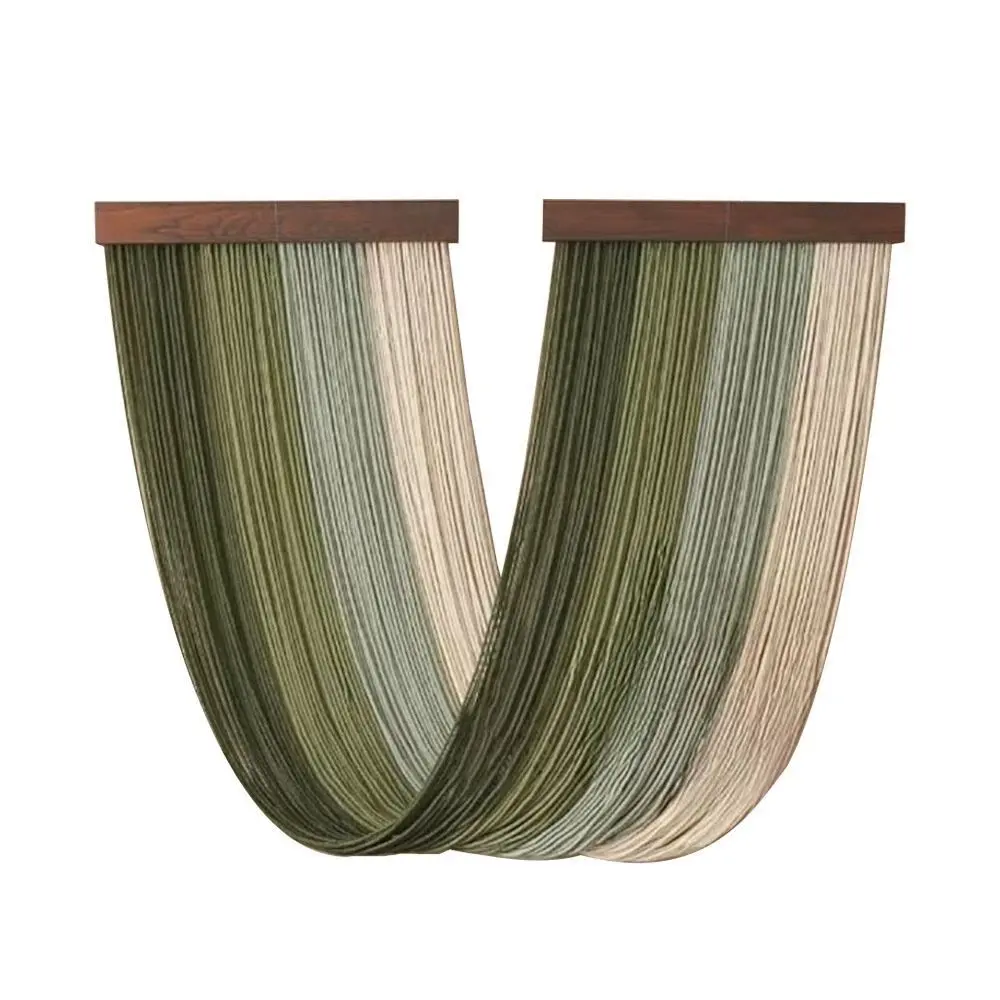
Macrame Wave Pattern Wall Hanging
Macrame Wave Pattern Wall Hanging, designed to bring a sense of natural beauty and intricate craftsmanship into your living space. This exquisite piece is perfect for adding a touch of elegance and warmth to any room.
Conclusion
The journey of macrame from ancient to contemporary times is a testament to the enduring appeal of this intricate art form. From its practical origins in the Arab world to its ornamental uses in the Victorian era, and from the bohemian resurgence of the 20th century to today’s modern wave patterns, macrame continues to captivate and inspire.
As we witness the evolution of macrame, it becomes clear that while styles and techniques may change, the fundamental beauty and craftsmanship of knotting remain timeless. Whether you’re a seasoned artisan or a curious beginner, exploring the world of macrame offers endless possibilities to create beautiful, meaningful, and unique pieces that bridge the past and the present.

